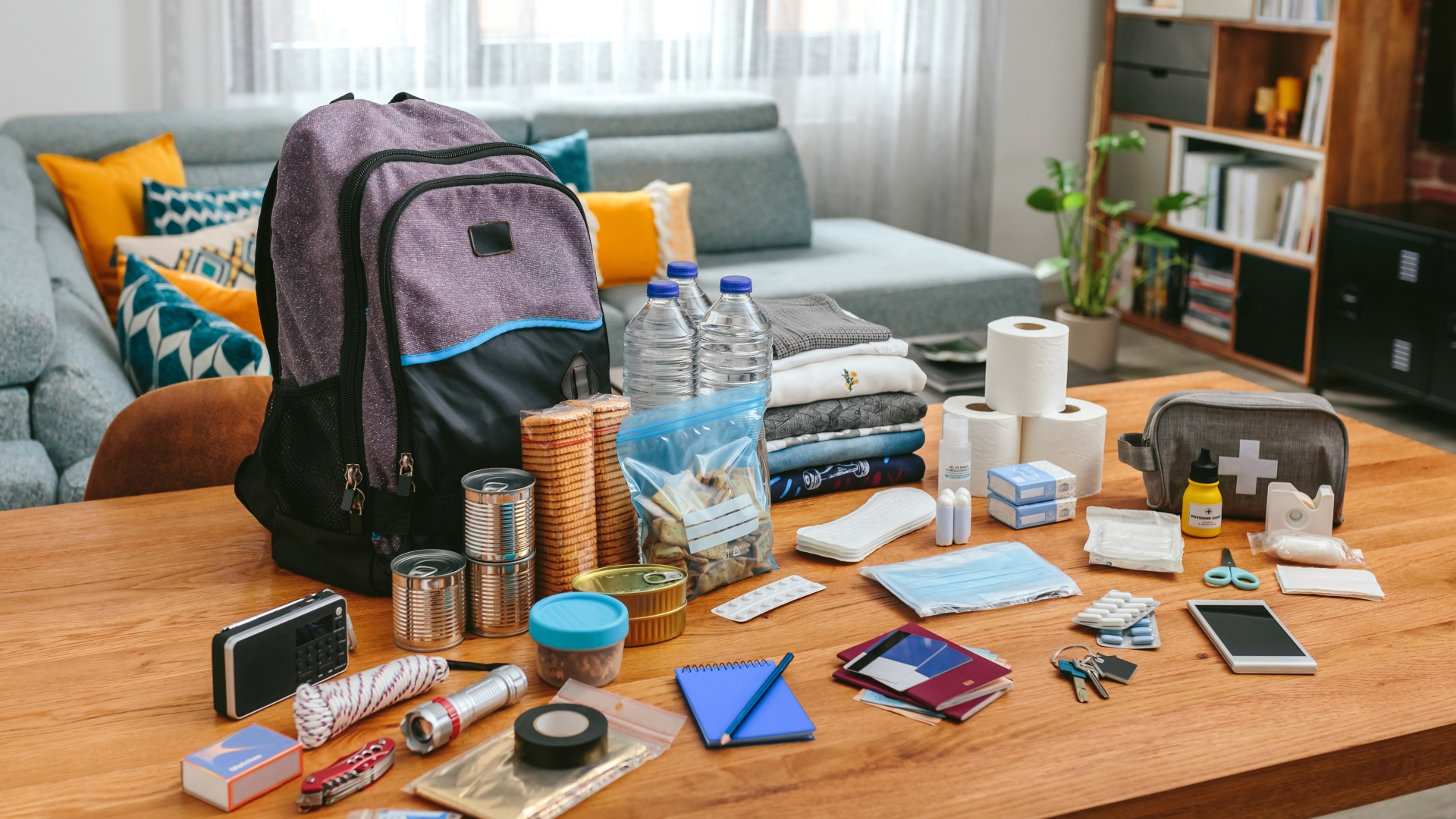In Alberta, there are many hazards that affect people each day, ranging from home fires, floods, to ice storms, wildfires and power outages. Knowing the hazards and understanding how you and your community may be at risk will help you be prepared.
Emergency Notifications
It’s important to stay informed during an emergency. Ensure that you’ll receive information you need when you need it.
Make an Emergency Plan
Making a household emergency plan helps you and your family know what to do, where to go, and who to contact in the event of an emergency. Keep a copy of your plan in your 72-hour emergency kit and another copy in an easy to find alternate location. A template plan is available below:
- My Household Emergency Plan Template [PDF/419KB]
- Farm Emergency Plan Template [PDF/1MB]
- FireSmart Begins at Home Guide [PDF/4.5MB]
The County’s Household Emergency & Resource Guide is a valuable resource to help you be prepared and keep you and your family safe and sound.
The guide provides:
- An easy-to-find place for information on your household and your service providers.
- Information on preparing for emergencies, and tips on what to do in an emergency including evacuation.
- Contact information for Rocky View County.
- Contact numbers for all kinds of issues, from poison control to aggressive wild animals.
If you need a copy of the Household Emergency & Resource Guide to review, fill out, hang on your fridge, or place near your phone, please contact Rocky View County at 403-230-1401 or questions@rockyview.ca.
Prepare An Emergency Kit
Everybody can be more prepared for emergencies. Having an emergency kit is a great start.
Keep your kit in a backpack, suitcase or tub, and keep it light enough to be able to lift into your car. Having a kit that will provide you with 72 hours of supplies is recommended, however, consider putting together an evacuation kit that you can rely on for up to seven days.
Keep enough gas in your vehicle in the event of an evacuation.
Items to gather as you are leaving:
- Wallet: identification, credit cards and cash
- Mobile phone and charger
- Glasses and contact lenses
- Medications
- Car keys
Items to store in your emergency kit:
- Six litres of water per person (include small bottles)
- Copy of your emergency plan, including emergency contact numbers
- Prescription record from your pharmacist, as needed
- Three-day supply of nonperishable food per person (replace once per year)
- Change of clothing including extra warm clothing (hats, mittens, etc.)
- Extra set of car keys
- First aid kit
- Flashlights for each family member
- Battery-powered radio and extra batteries, or wind-up radio
- Copies of important documents (birth certificates, passports, insurance, bank records, etc.)
- Pet food and water
Additional supplies to consider:
- Candles, matches or lighter
- Toiletries and personal hygiene items
- Hand sanitizer, toilet paper
- Garbage bags
- Activities for children (books, toys, etc.)
- Basic tools and duct tape
- Small fuel-operated stove and fuel
- Other camping supplies
If time allows, consider packing family photos and other items, personal computer, information on hard drives, charge cord(s), and easily carried valuables. Prepare a home inventory checklist in case of property loss. Take pictures of valuable possessions and save bills, receipts and warranties as proof of purchase. Store in a safe place, like a safety deposit box or online for digital copies.

